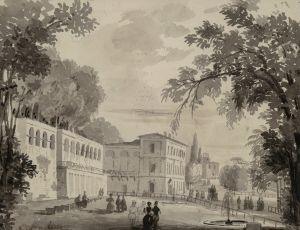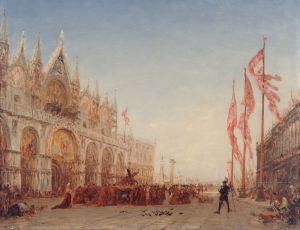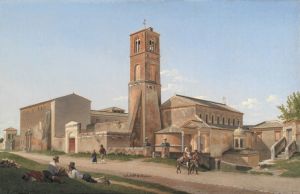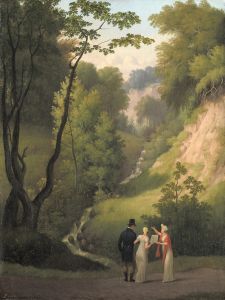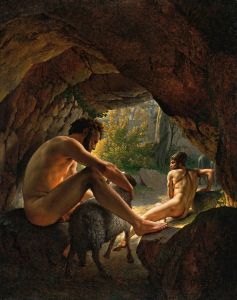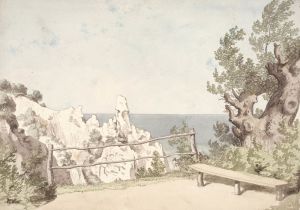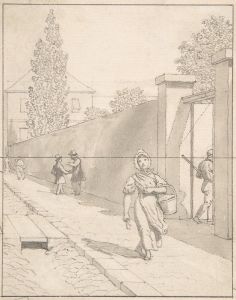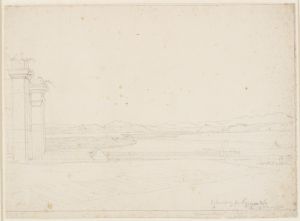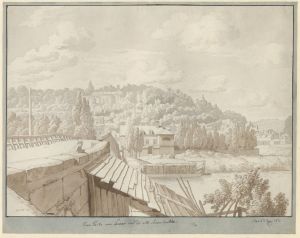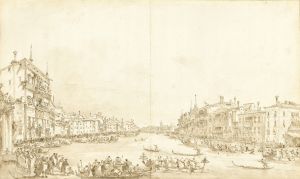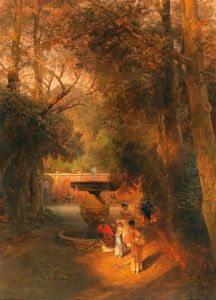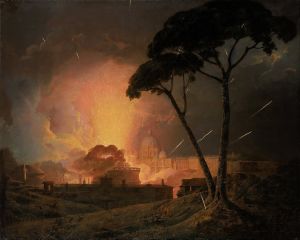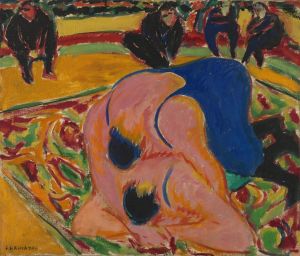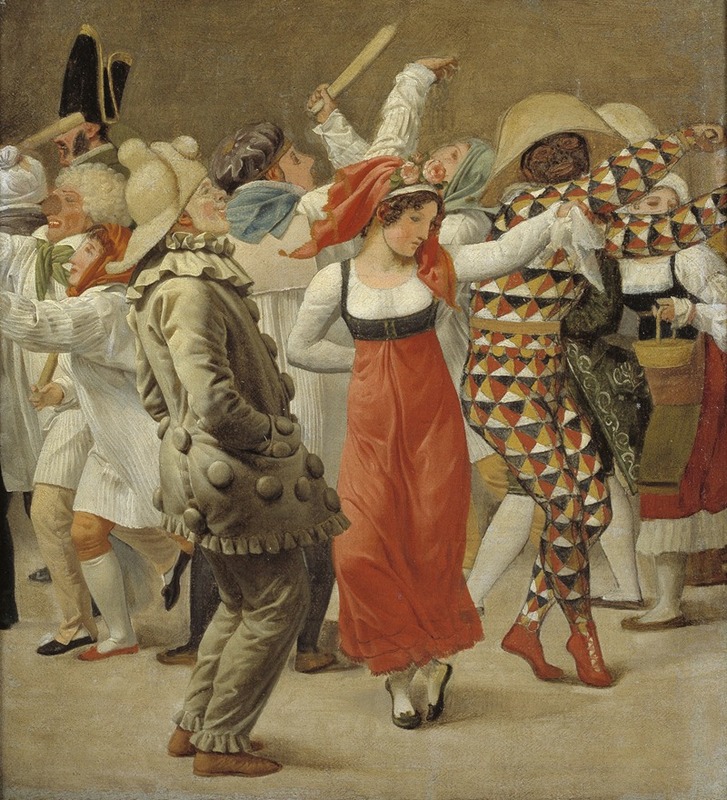
The Carnival in Rome. Fragment
A hand-painted replica of Christoffer Wilhelm Eckersberg’s masterpiece The Carnival in Rome. Fragment, meticulously crafted by professional artists to capture the true essence of the original. Each piece is created with museum-quality canvas and rare mineral pigments, carefully painted by experienced artists with delicate brushstrokes and rich, layered colors to perfectly recreate the texture of the original artwork. Unlike machine-printed reproductions, this hand-painted version brings the painting to life, infused with the artist’s emotions and skill in every stroke. Whether for personal collection or home decoration, it instantly elevates the artistic atmosphere of any space.
Christoffer Wilhelm Eckersberg, often referred to as the father of Danish painting, was a prominent figure in the Danish Golden Age of art. Born in 1783, Eckersberg was instrumental in shaping the course of Danish art through his teachings and his own works. One of his notable paintings is "The Carnival in Rome. Fragment," which reflects his experiences and observations during his time in Italy.
Eckersberg traveled to Paris and Rome between 1810 and 1816, a period that was crucial for his artistic development. During his stay in Rome, he was deeply influenced by the vibrant cultural and artistic environment. The city, with its rich history and lively contemporary scene, provided a wealth of inspiration for many artists of the time, including Eckersberg.
"The Carnival in Rome. Fragment" is a painting that captures the essence of the Roman Carnival, a festive season that was celebrated with great enthusiasm in the city. The carnival was known for its lively parades, masquerades, and public celebrations, offering a spectacle of color and movement. Eckersberg's work reflects his keen observation of these festivities, capturing the dynamic atmosphere and the diverse array of participants.
The painting is characterized by its detailed depiction of figures and costumes, showcasing Eckersberg's skill in rendering human forms and textiles. His attention to detail and his ability to convey the liveliness of the scene are evident in the way he portrays the interactions among the figures. The composition of the painting suggests a fragmentary view, as if capturing a moment in the midst of the bustling carnival.
Eckersberg's time in Rome was not only significant for his own artistic growth but also had a lasting impact on Danish art. Upon his return to Denmark, he became a professor at the Royal Danish Academy of Fine Arts, where he influenced a generation of Danish artists. His teachings emphasized the importance of studying from life and the classical traditions, principles that were reflected in his own works.
"The Carnival in Rome. Fragment" is a testament to Eckersberg's ability to blend his academic training with the lively and spontaneous elements of the carnival. While the painting itself is a fragment, it offers a glimpse into the cultural vibrancy of early 19th-century Rome and the artist's engagement with his surroundings.
Today, Eckersberg is celebrated for his contributions to Danish art, and his works, including "The Carnival in Rome. Fragment," are held in high regard for their technical precision and their ability to capture the spirit of the times. His legacy continues to influence artists and art historians, ensuring his place in the annals of art history.





